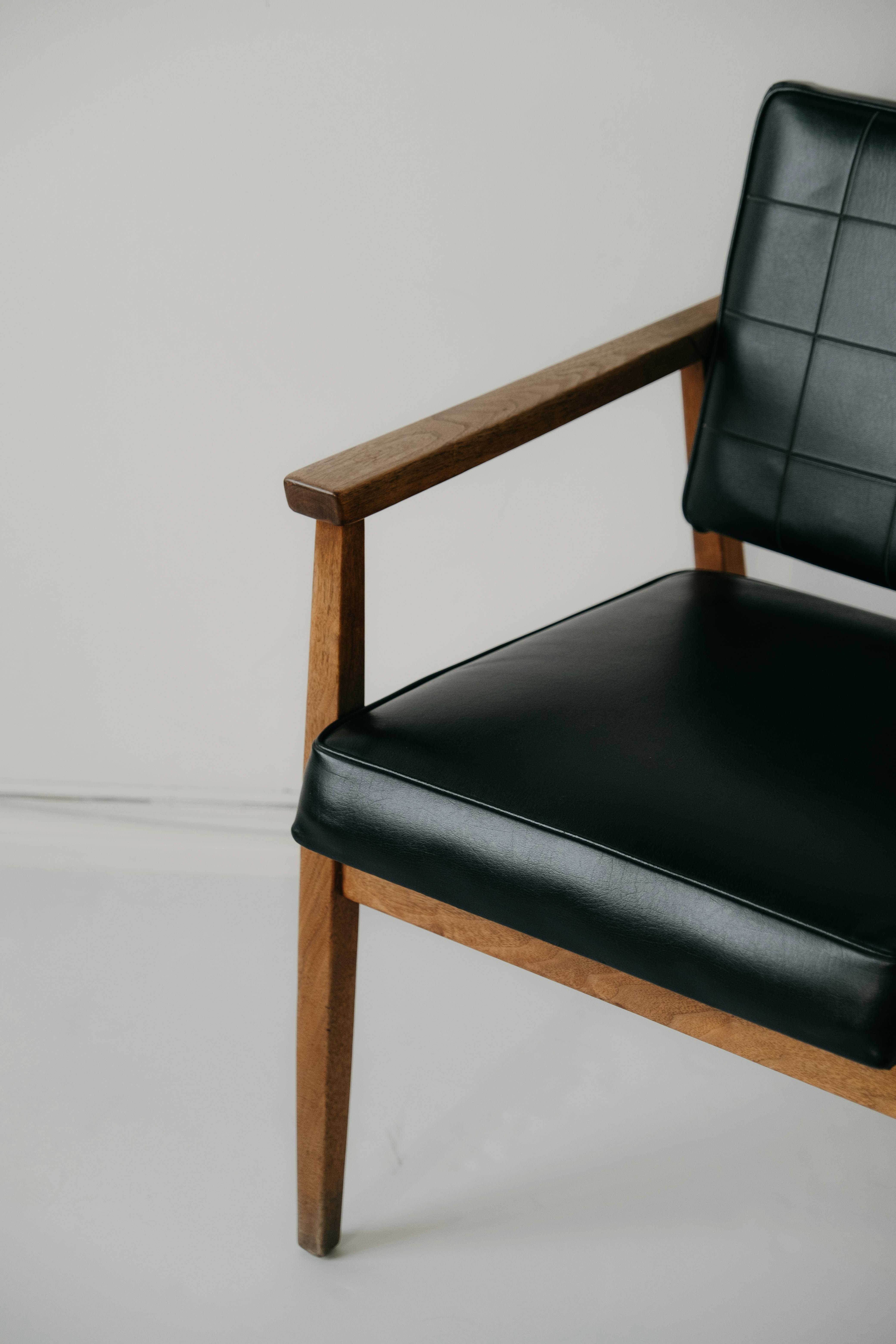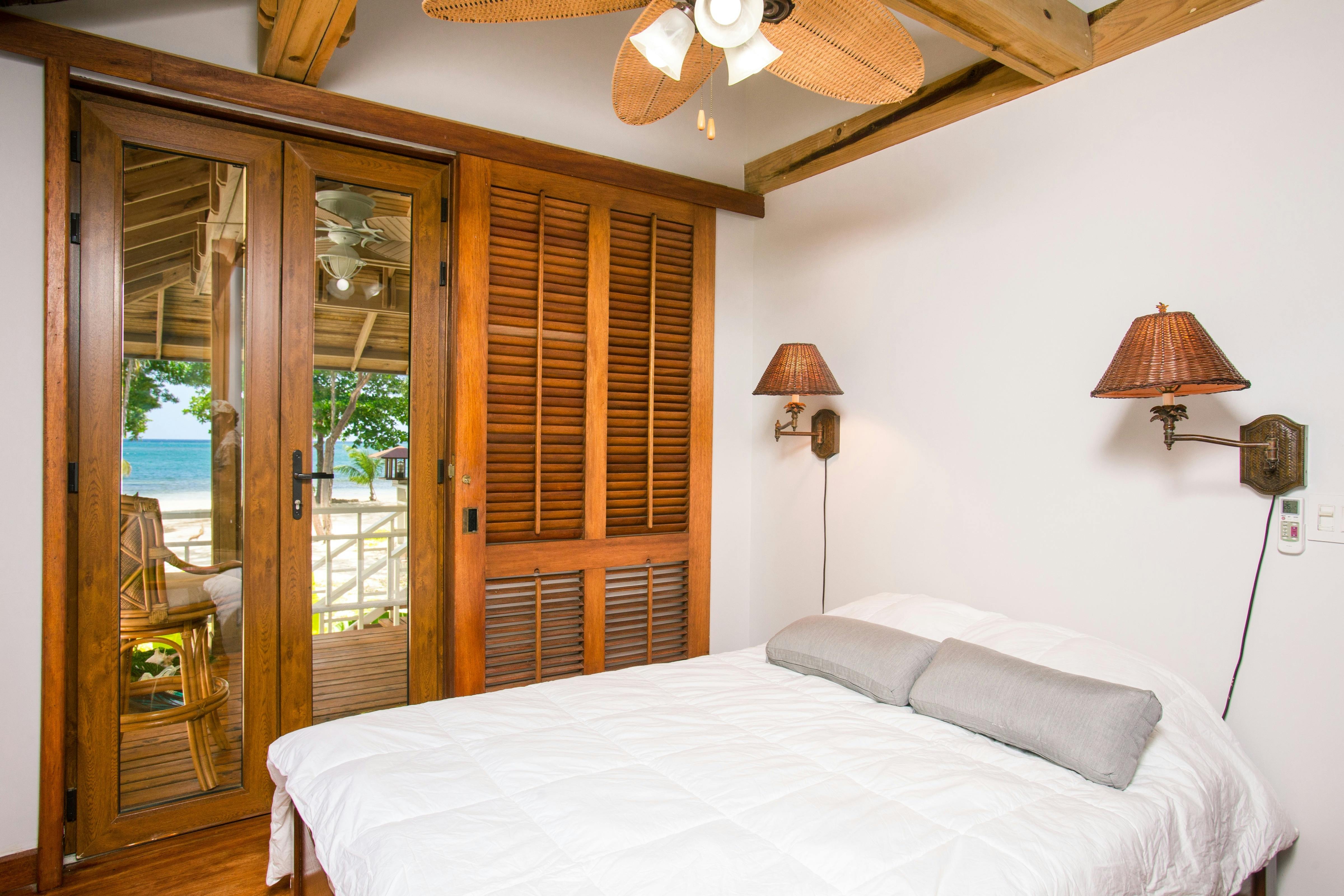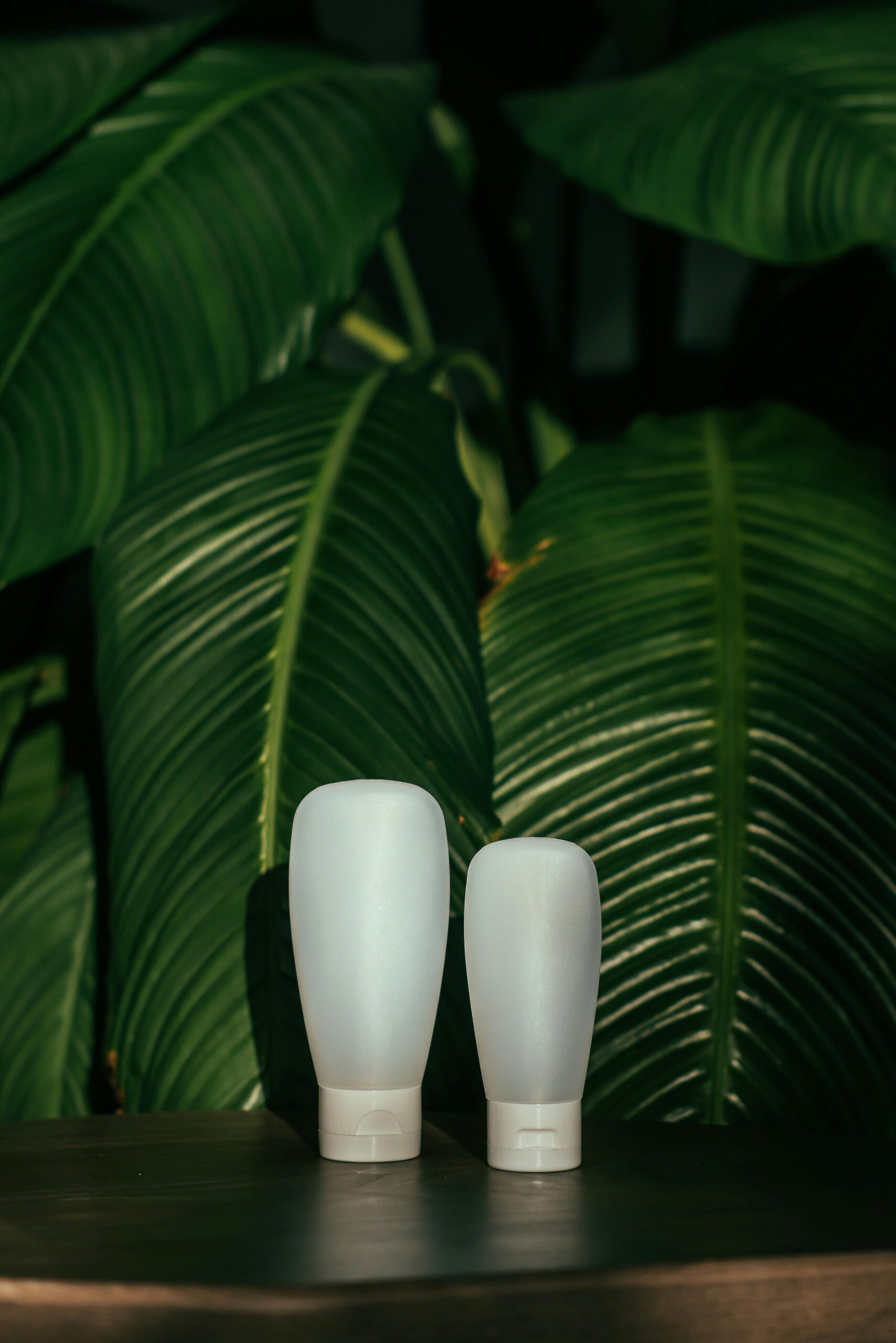The term “luxury” often conjures images of opulence, excess, and rare materials sourced from the far corners of the world. For decades, this was the undisputed standard. Yet, today, a new question shadows our design aspirations: what is the true cost of this beauty? As we become more attuned to our planet’s health, the traditional model of luxury feels increasingly out of step. You want a home that is both a breathtaking sanctuary and a responsible choice, but the path forward seems unclear, caught between high style and high ideals. The brilliant news is that you don’t have to choose. Eco-luxury isn’t about compromise; it’s about a more intelligent, evolved standard of living where sustainability doesn’t just coexist with style—it elevates it, creating spaces that are as soulful as they are sophisticated.

This Photo was taken by Cup of Couple.
The new definition of true luxury
For too long, sustainability in design was relegated to a rustic, unrefined aesthetic. The modern eco-luxury movement shatters this misconception. It repositions sustainability as the ultimate hallmark of quality. Think of it less as a restriction and more as a curatorial filter. This approach prioritizes materials and objects with a story, with transparent origins, and with a design ethos built for longevity, not for a fleeting trend. This is a shift from conspicuous consumption to conscious investment.
The core of this philosophy lies in understanding that value extends beyond the surface. A bespoke dining table made from reclaimed 19th-century timber by a local artisan carries a narrative and a soul that a mass-produced piece simply cannot. Its imperfections are part of its pedigree. Similarly, investing in a premier choice in luxury furniture built with certified hardwood and non-toxic finishes is a vote for healthier indoor air and a healthier planet. The planning process for such a home requires the same strategic thinking as effective business architecture and management, ensuring every element serves a purpose for both aesthetics and ethics.
The core pillars of an eco-luxe interior
Creating a sustainable and stylish home isn’t about a single grand gesture. It’s about a series of intentional choices that work in harmony. By focusing on these key pillars, you can build a framework for a home that is both beautiful and responsible.
Materiality with a mission
The materials you choose are the building blocks of your design. Eco-luxury champions materials that are renewable, recycled, or reclaimed. Think wide-plank floors from salvaged wood, countertops made of recycled glass or durable composite paper, and textiles woven from organic linen, cotton, or innovative fibers like Tencel. Always look for certifications like the Forest Stewardship Council (FSC), which guarantees wood products come from responsibly managed forests. These materials bring a unique textural richness and character to a space that synthetic alternatives lack.
The art of longevity and craftsmanship
The “fast furniture” trend is the antithesis of eco-luxury. Instead of disposable pieces, focus on timeless design and superior craftsmanship. A well-made sofa, a solid wood credenza, or the thoughtful process of creating a luxury Italian walk-in closet are investments that will last for generations. This ethos aligns perfectly with the principles of minimalist architecture, which favor quality over quantity. Choosing fewer, better things not only reduces waste but also cultivates a more curated and personal environment.

This Photo was taken by Farhad Ibrahimzade.
Energy and air: the invisible luxuries
True luxury is also about well-being. This extends to the air you breathe and the energy you consume. Opt for paints, sealants, and finishes with zero or low volatile organic compounds (VOCs). According to the U.S. Environmental Protection Agency, VOCs are common in household products and can cause adverse health effects, making their avoidance one of the keys to solving common problems with home environments. Incorporate smart home technology to optimize heating, cooling, and lighting. LED lighting, for example, uses up to 90% less energy and lasts 25 times longer than traditional incandescent bulbs. These invisible elements contribute to a home that feels as good as it looks.
Nature as the ultimate amenity
Human beings have an innate need to connect with nature, a concept known as biophilia. Integrating biophilic interior design is a cornerstone of eco-luxury. This means maximizing natural light, incorporating indoor plants, using natural materials like stone and wood, and creating visual connections to the outdoors. A home that embraces nature feels more expansive, tranquil, and alive. It recognizes that the greatest luxury of all is a seamless connection to the natural world, a foundational principle that echoes through the foundations of architecture itself.
Your eco-luxe design toolkit
Translating philosophy into practice requires a discerning eye and the right resources. Here is how to source and select pieces that align with your values.
Finding brands with integrity
Look for companies that are transparent about their supply chain and manufacturing processes. Many high-end sustainable brands are proud to share their story and will have certifications to back up their claims, such as Cradle to Cradle certification, which assesses a product’s safety and circularity. This kind of transparency is a mark of quality, similar to what you would expect from a firm providing superior building solutions.
The power of vintage and antique
Choosing vintage or antique pieces is one of the most sustainable actions you can take. It requires zero new resources and prevents a beautiful, well-made item from ending up in a landfill. A vintage Murano glass chandelier or an antique Art Deco mirror adds a layer of history and individuality to your space that cannot be replicated.
The global market for sustainable home goods is growing rapidly, with a projected compound annual growth rate (CAGR) of 8.8% from 2024 to 2030, according to Grand View Research. This growth fuels innovation and makes sourcing easier than ever.

This Photo was taken by Mathilde Langevin.
| Conventional Luxury | Eco-Luxury Alternative | Key Benefits |
|---|---|---|
| Exotic, virgin hardwood | FSC-certified or reclaimed wood | Prevents deforestation, lower carbon footprint, adds character. |
| Standard high-VOC paints | Zero-VOC or natural paints | Improves indoor air quality, no harmful off-gassing. |
| Synthetic polyester/nylon fabrics | Organic linen, hemp, or recycled textiles | Biodegradable, uses fewer pesticides and water, breathable. |
| Mass-produced trendy decor | Vintage, antique, or artisan-crafted items | Supports a circular economy, unique story, superior craftsmanship. |
A home that reflects more than just style
So, what does it all mean? It means the definition of a “dream home” is evolving. Eco-luxury is not a fleeting trend; it is the future of conscientious, sophisticated living. It’s an invitation to design a home that nurtures your well-being, tells a meaningful story, and honors the world outside your walls. By choosing sustainable materials, investing in timeless craftsmanship, and embracing a connection to nature, you are not just decorating a space. You are curating an environment that reflects the deepest version of your values. You are building a sanctuary that is beautiful not only for how it looks, but for the positive impact it represents. Your home becomes more than just a statement of style; it becomes a statement of purpose, proving that the most profound luxury is living in harmony with your principles and your planet.

This Photo was taken by Pixabay.
Frequently asked questions about eco-luxury design
Is sustainable interior design more expensive?
While some high-quality sustainable materials and bespoke pieces can have a higher upfront cost, they are an investment. Their durability and timelessness mean they last longer, reducing replacement costs over time. Furthermore, elements like energy-efficient appliances and insulation lead to long-term savings on utility bills.
Will my style be limited if I choose sustainable options?
Absolutely not. The sustainable design market has exploded with variety. From sleek, modern minimalism to opulent and classic aesthetics, there are eco-conscious options available. The key is working with designers and brands who specialize in sourcing these materials and can execute your vision without compromise.
Where can I find eco-friendly furniture and materials?
Start by looking for brands that are transparent about their sourcing and manufacturing. Look for certifications like FSC for wood, GOTS for organic textiles, and Cradle to Cradle for overall product lifecycle. Specialty boutiques, local artisans, and high-quality vintage and antique dealers are also excellent resources.
What is the single most impactful change I can make?
While every choice matters, shifting your mindset from disposable to durable is the most impactful change. Instead of buying trendy items, invest in classic, well-made pieces that you will love for decades. This single principle of “buy once, buy well” dramatically reduces waste and consumption.
